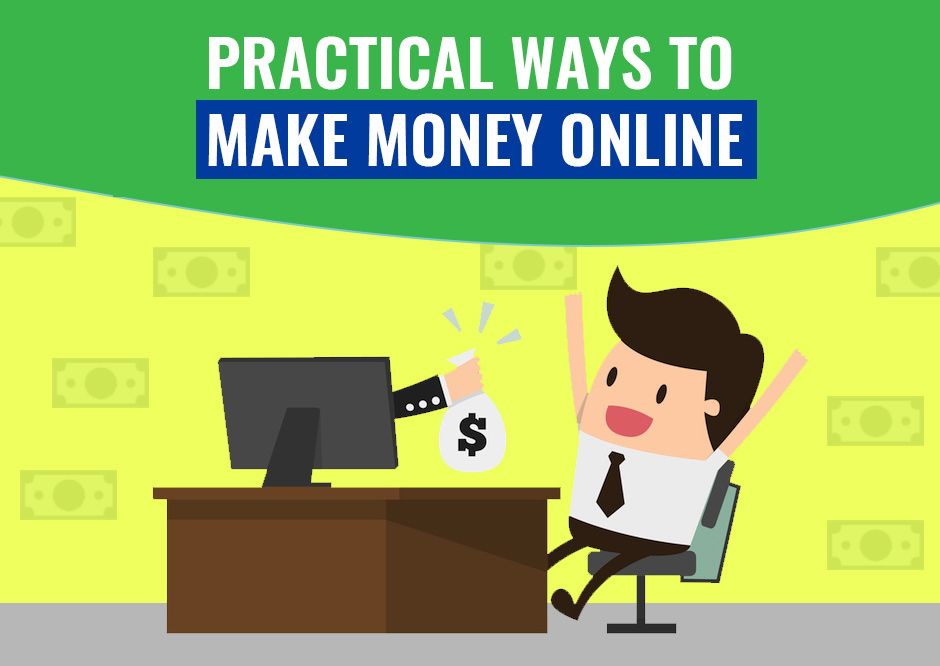

Content Marketing in FMCG sector – How fast should your content move?
FMCG sector has realized that it has to cater to a fast-paced and digitally savvy audience who is always hungry for something more.
With the audience going online all the time, agency and in-house marketers now have to compulsorily be more creative and personify brands so that they have a distinct online personality. Another dimension to this increasing challenge is how to maintain a long lasting relationship with consumers with most of the products being the impulse buys.
Even though content marketing has been a ‘buzz’ word for the last couple of years, it continues to be an uncertain and vague term to many. The final goal of any strategy pertaining to content is simply to engage the target audience. That’s why great content is required to inevitably engage audiences and create a potential base of brand followers.
Content Strategy for FMCG sector
How then does one go about creating that perfect content marketing strategy for FMCG brands? To begin with, when you provide valuable content to a potential consumer, you are actually making it easier for yourself to translate those compelling sales messages that you have sent out. You also need to identify the appropriate channels and the content type and approach that will eventually hit the bull’s eye. The following steps may be kept in mind when formulating your strategy:
1. Platforms
It’s always good practice to investigate regularly where your target audience is ‘hanging out’. It’s also important to remember that platforms evolve and change because of audience interests that are continuously shifting and customers from new generations. Subsequently establish all your social platforms that you will be using in future to distribute your content.
2. Formats
It become equally important to research content format types a brand needs to produce to hook up with the right target audience. For instance, a teenager who is interested in engaging with a popular beverage brand, in all probability would be totally disinterested to read a whitepaper on its background or benefits. She could, however, be interested in a game or video on the same. It goes without saying that the correct format and hitting the right audience, can obviously spiral. When creating hard-hitting content ideas, it’s important to first judge what is achievable within the time and capacity available. Some formats for instance, are very effective, but at the same time require specialist knowledge and specific skill set to produce.
3. Trends
When you use industry tools, it becomes easy to grasp keywords that are consumer trending and which could be effective used when brainstorming and planning content ideas. Social listening can help in multiple ways to understand what are people in their social circuits about your brand or your competition.
If you are in line with what’s happening around your consumers, you will be able to capitalize on the trending topics to create content for your brand. You need to carefully identify which genres you want to associate your brand with. Not all real time content is good for all brands.
4. Take Risks
Safe online content invokes safe interaction. However, taking a small risk periodically can actually produce something truly shareable while also going viral. That’s why when planning your strategy for content marketing, ensure that there’s a proportionate mix of both linked and liquid content. Here, “linked” is content directly ‘linked’ to the brand while “ liquid” is an audience piece, that doesn’t put sales on the top of its working agenda and focuses more on visibility and interaction.
5. Think, Act & Behave like a publisher
Have an editorial calendar ready for your brand just like a Publisher will have it. Have a pipeline of content for weeks to come. We have often seen blogs, which die after 4-5 blog posts from brand because they never had the pipeline to satisfy needs of the blog. Once you start content publishing journey, you won’t be able take any breaks, so plan well in advance and launch only when you have substantial pool of content ready.


